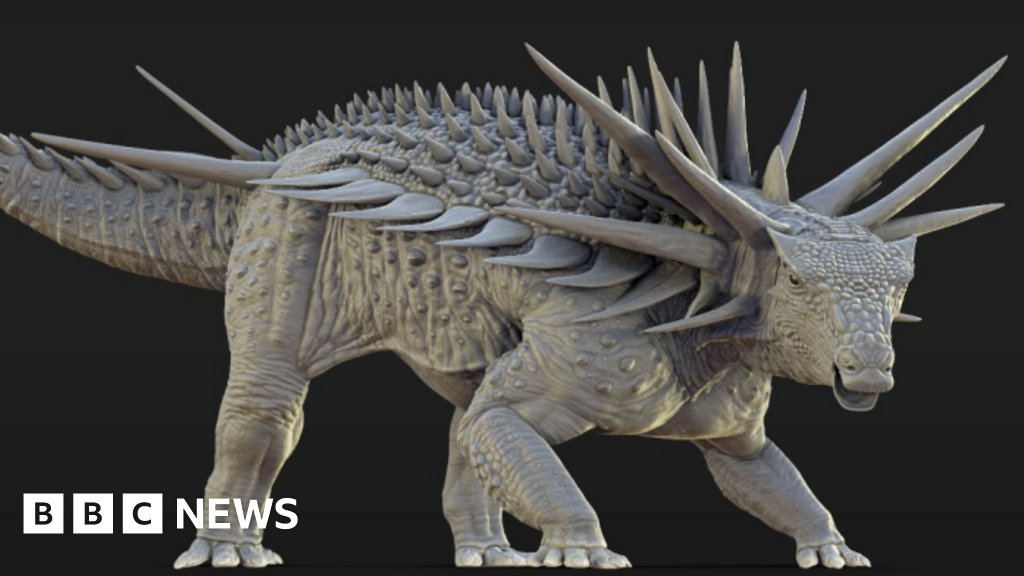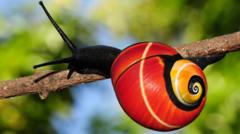Naked mole rats are peculiar, bald, subterranean creatures often described as looking like sausages with teeth, but they might be hiding a significant secret to longevity.
A new study examining these fascinating rodents has unveiled a unique DNA repair mechanism that could potentially explain their long lifespan.
Known as the longest-lived rodents, naked mole rats can live up to 40 years, a stark contrast to the average three years of a common mouse.
The research, published in the journal Science, investigates their resilience to several age-related diseases, including cancer, brain and spinal cord degeneration, and arthritis.
Led by a team from Tongji University in Shanghai, researchers focused on DNA repair processes—a natural response to cellular damage. They found that when DNA is compromised, a specific protein, c-GAS, involved in the repair process, behaves in a uniquely advantageous manner in naked mole rats.
In humans, c-GAS interferes with DNA repair, potentially promoting cancer and decreasing lifespan. Conversely, in naked mole rats, it facilitates the mending of DNA strands, preserving the integrity of their genetic material.
Professor Gabriel Balmus, who studies DNA repair at the University of Cambridge, remarked that this discovery offers just a glimpse of understanding why naked mole rats exhibit such extraordinary lifespans. He compares cGAS in these rodents to a versatile biological component that evolution has uniquely adapted for their survival.
This study raises profound inquiries about the evolution of DNA repair mechanisms and how similar biological adaptations could inform therapies for humans, particularly in an aging society.
According to Professor Balmus, unraveling the biology of naked mole rats could lead to critical therapies aimed at enhancing human longevity and healthspan.














